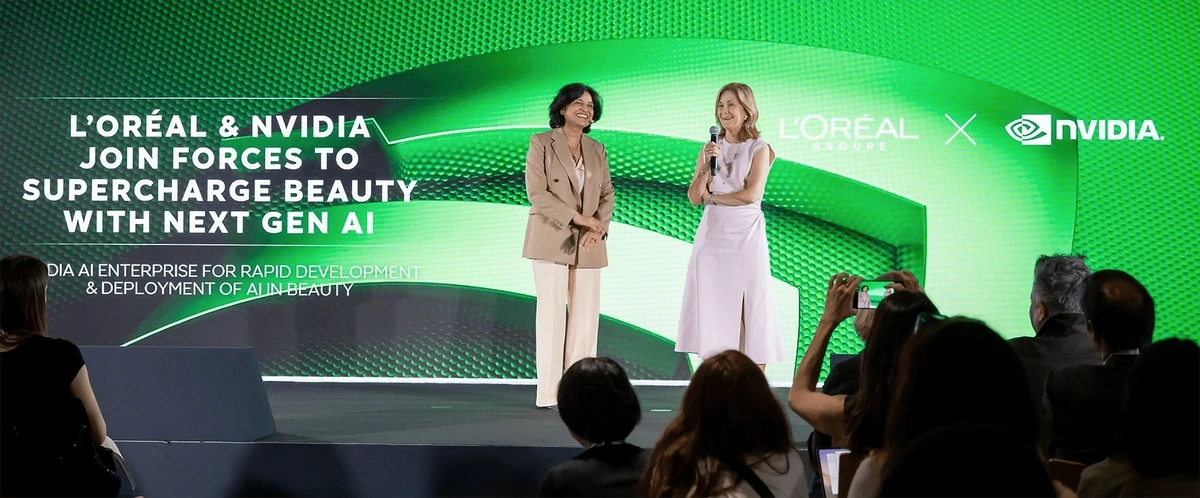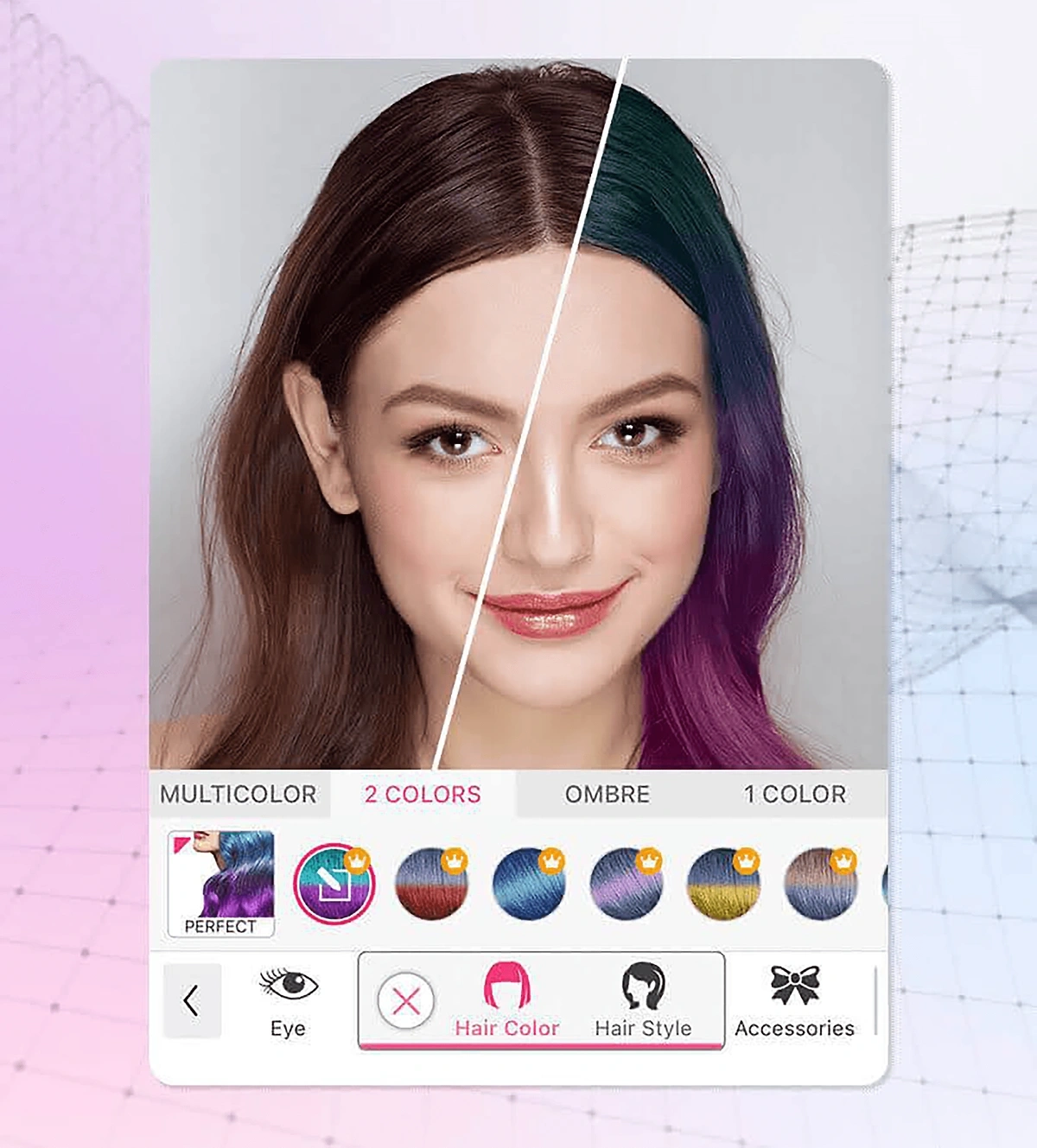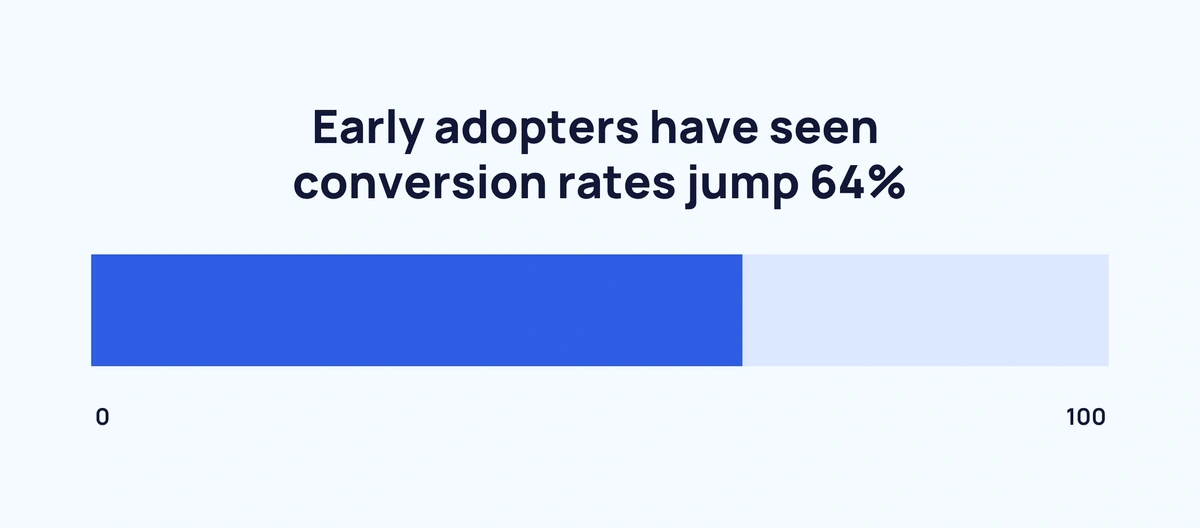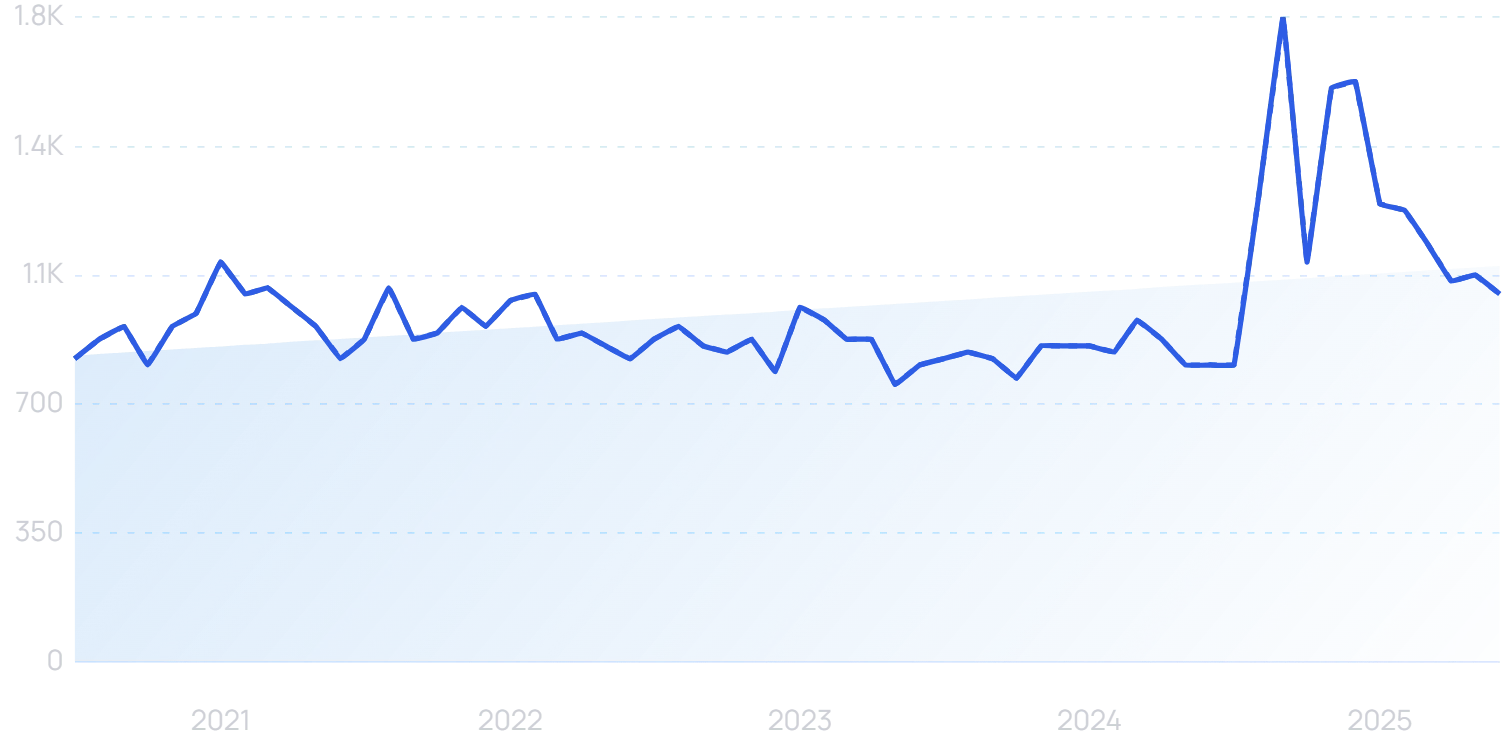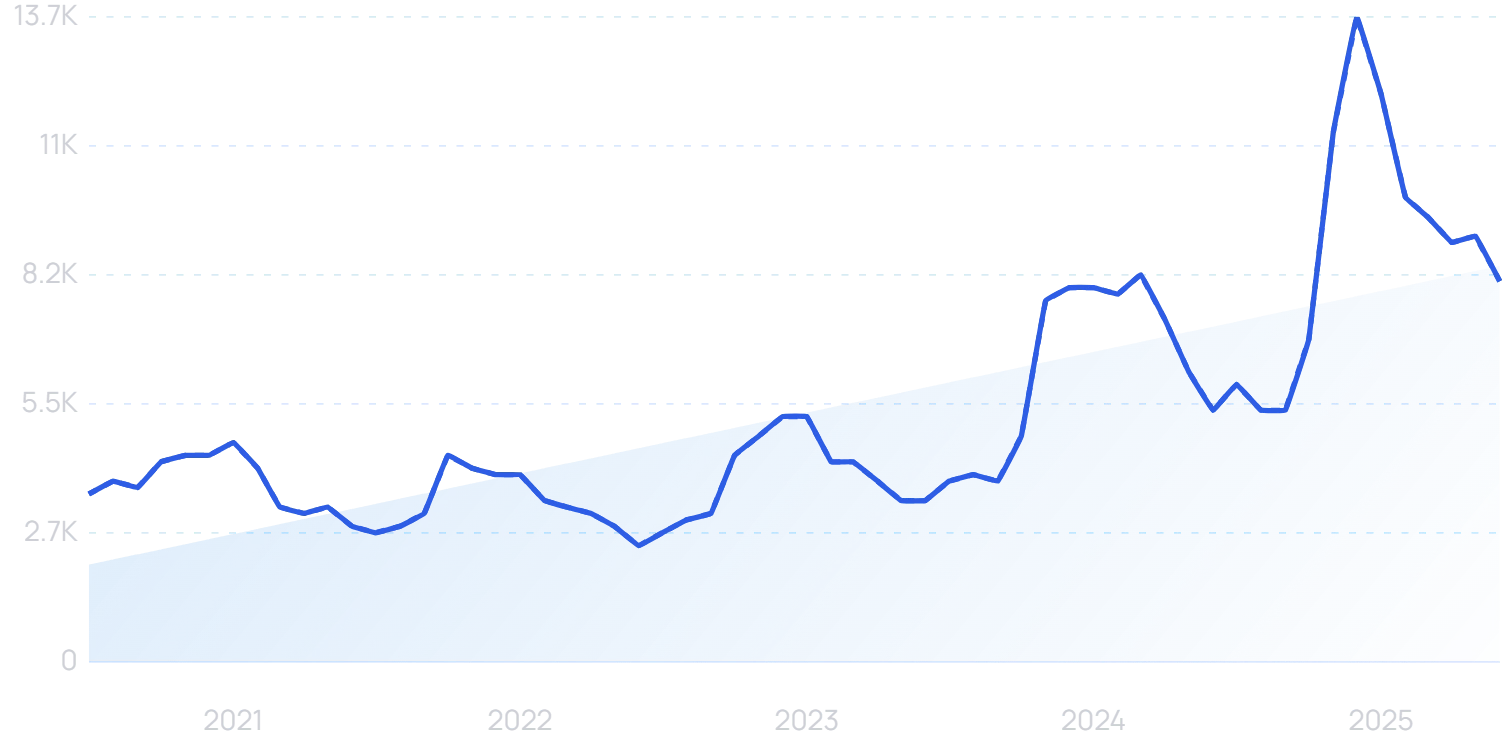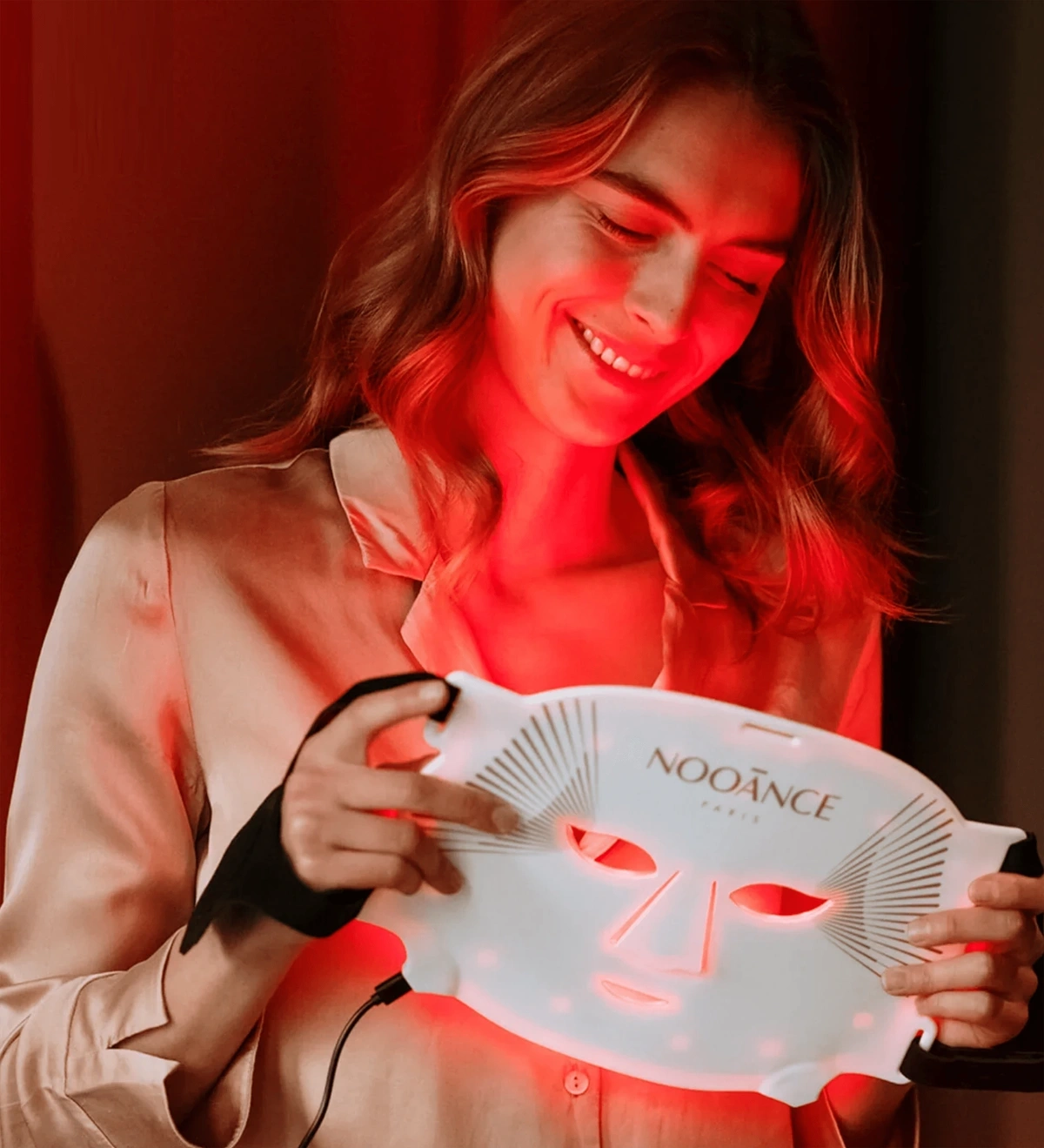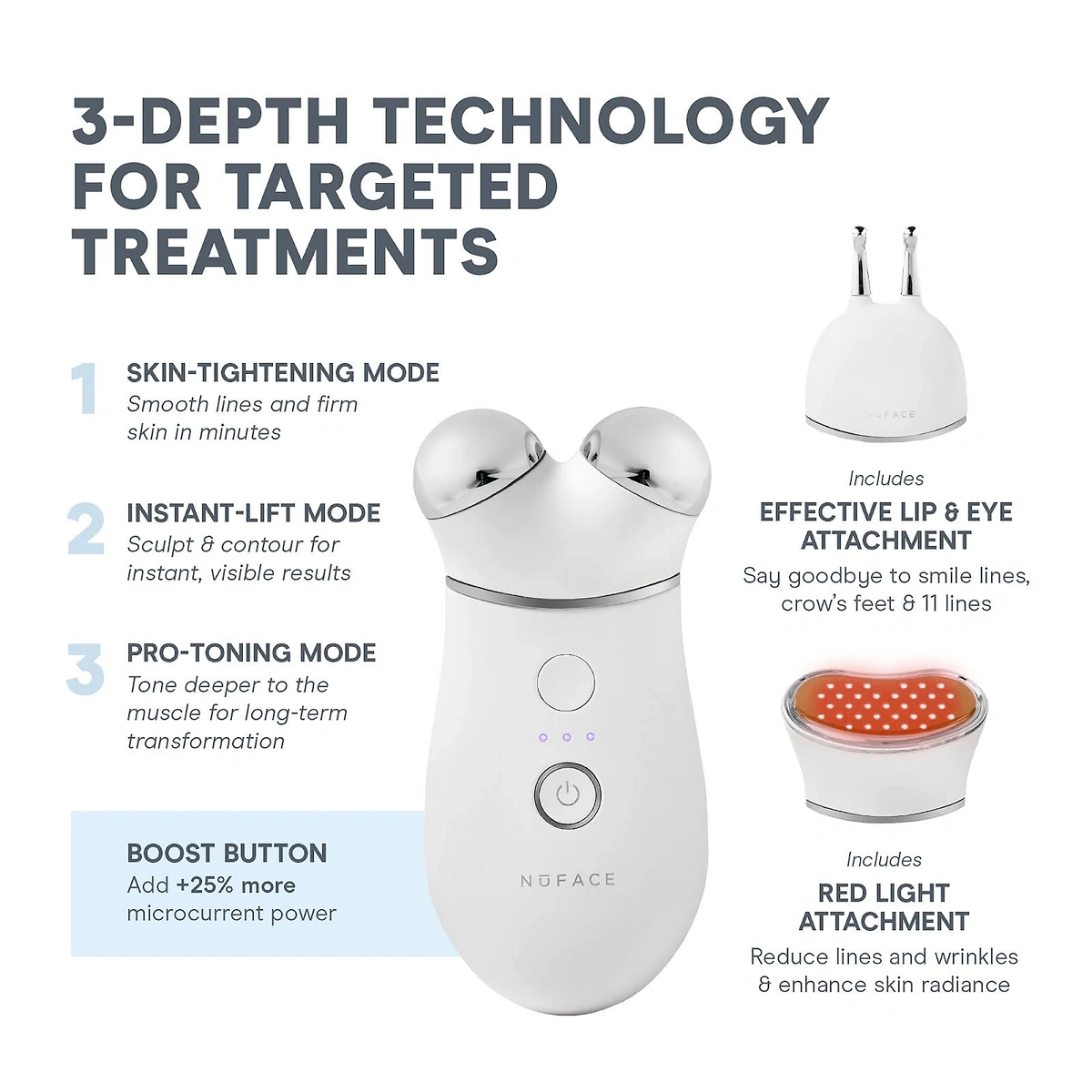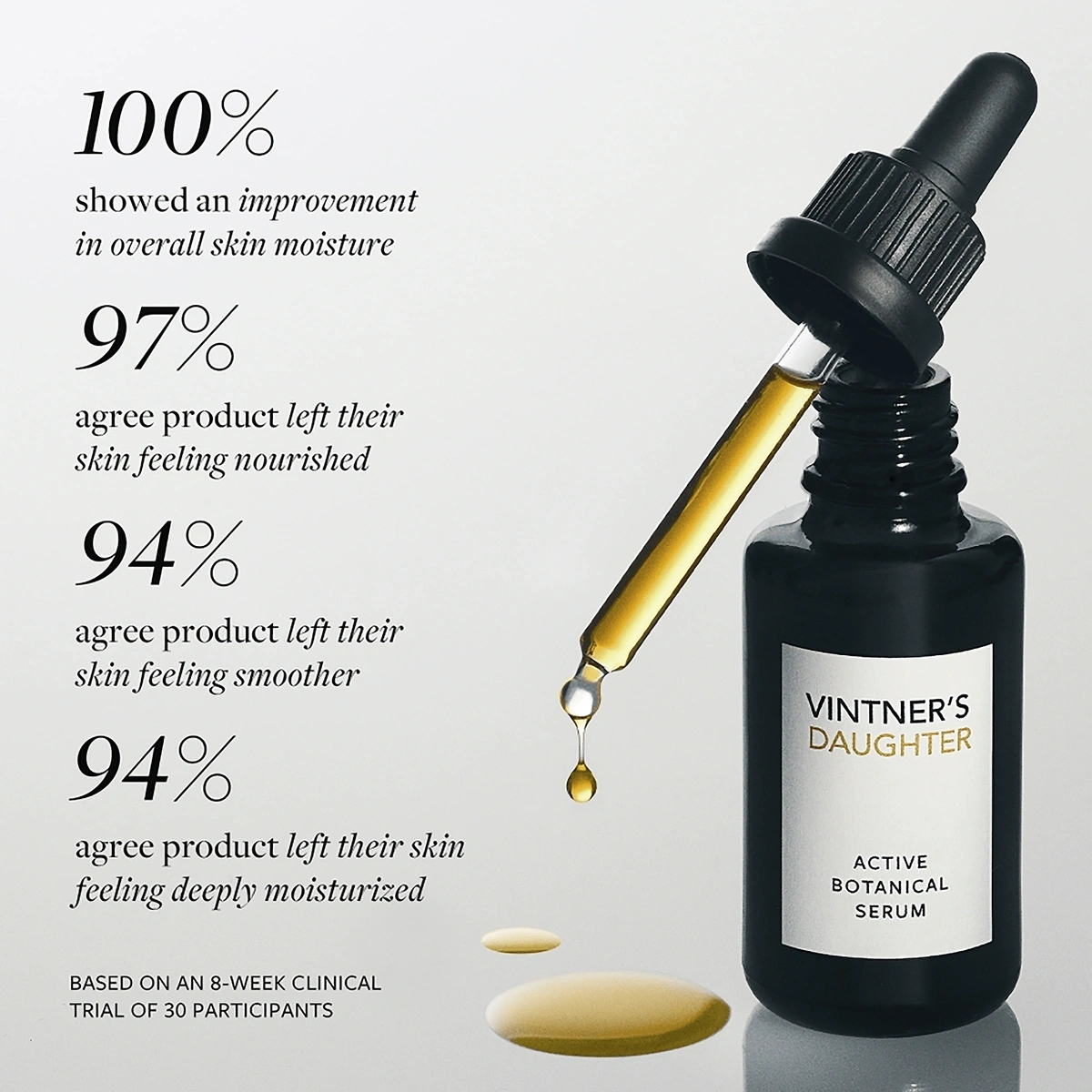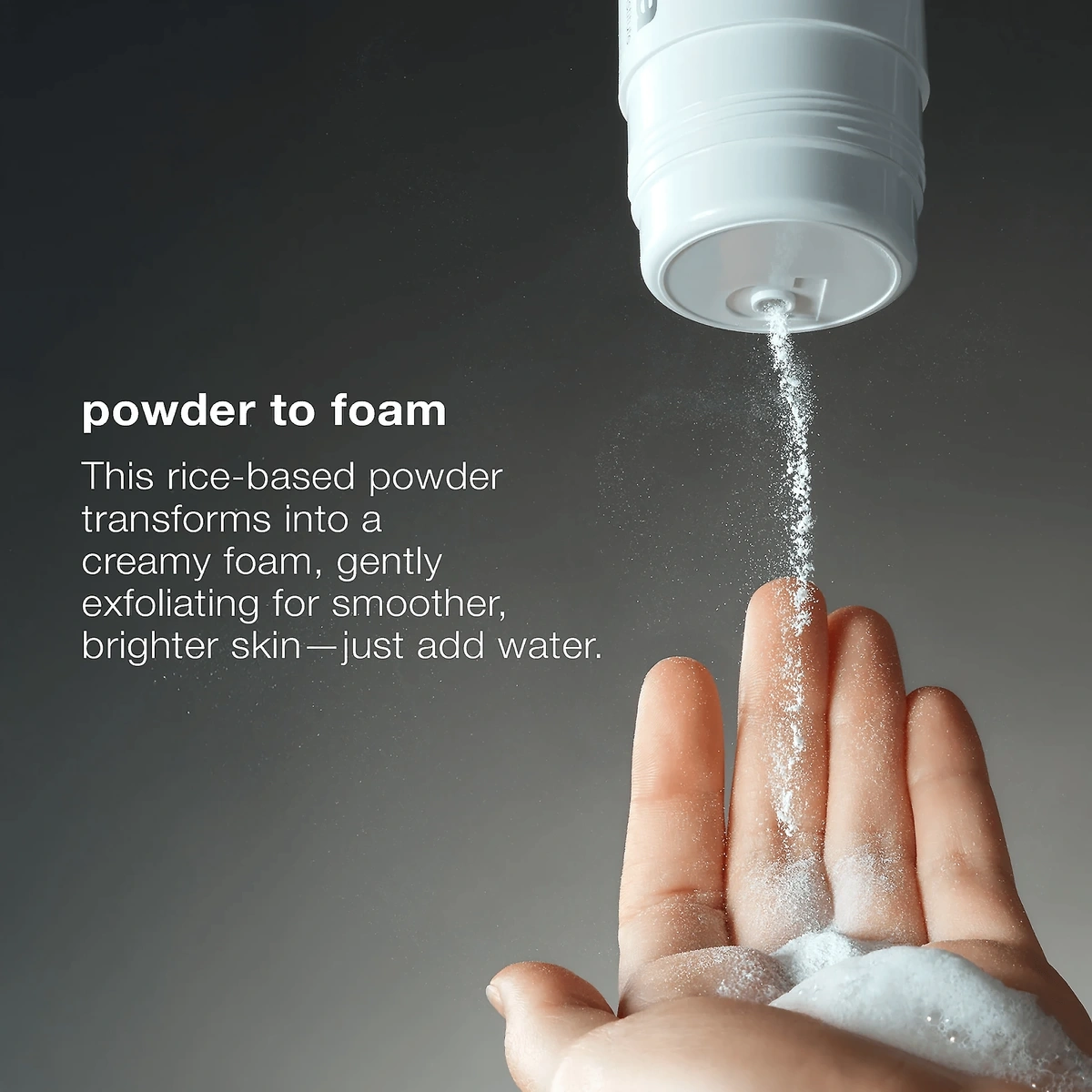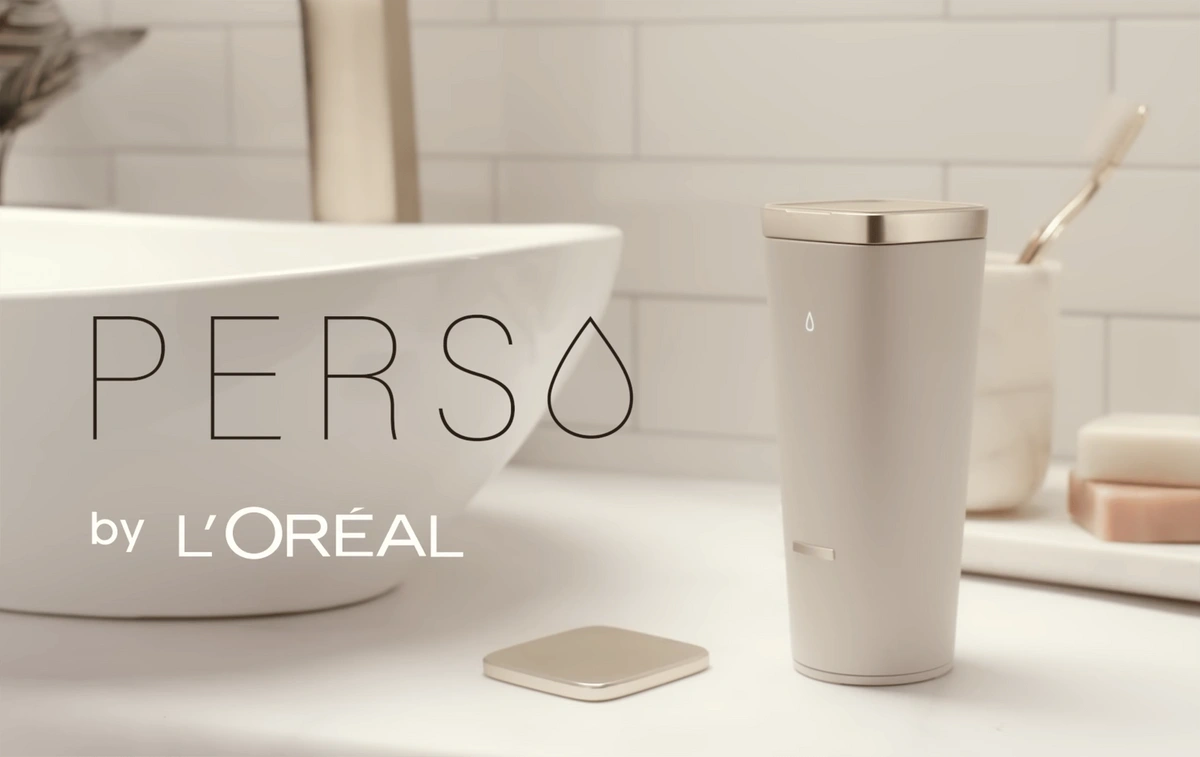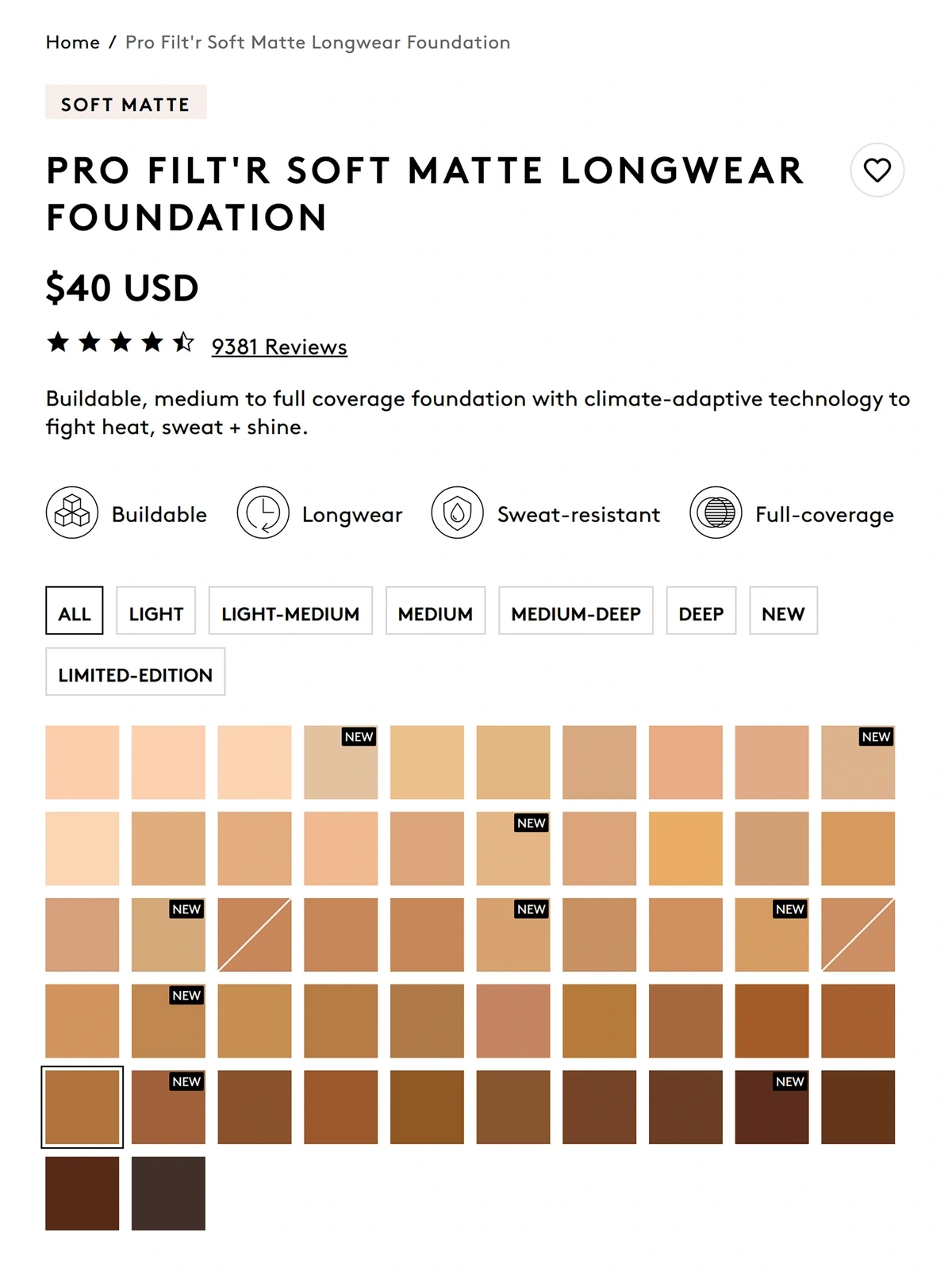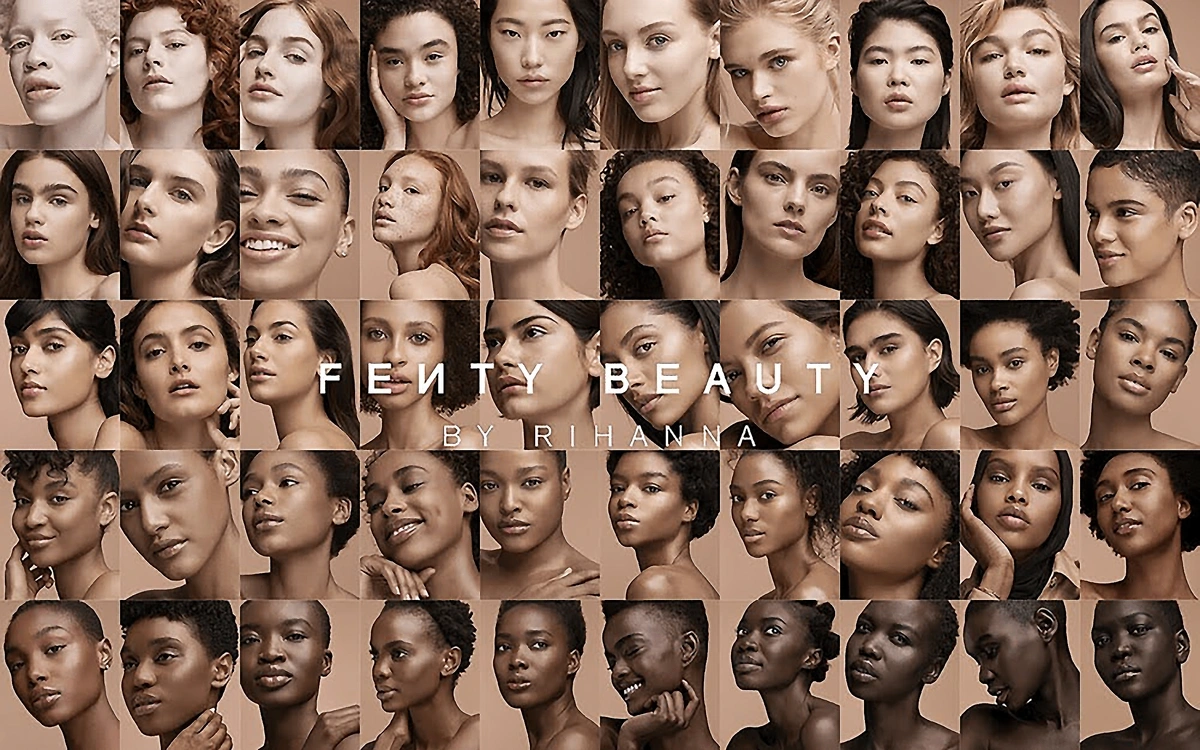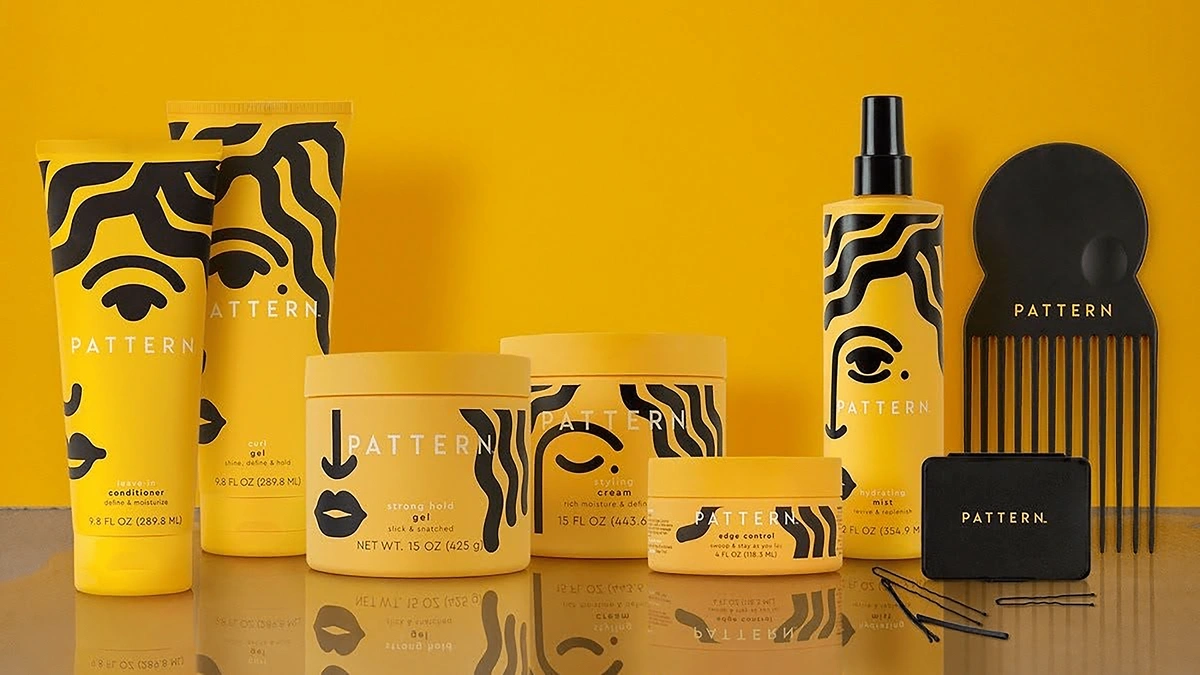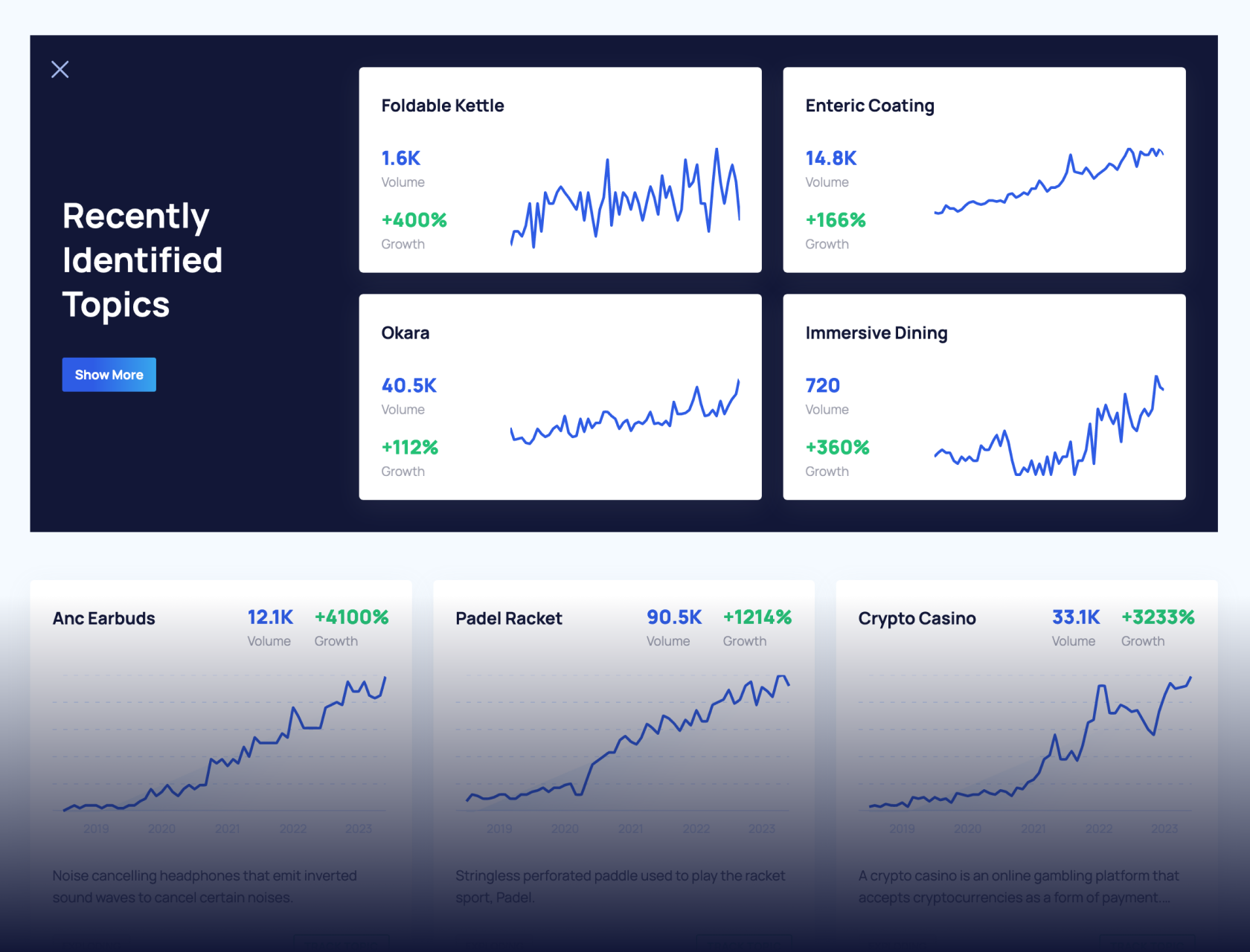
Trends in Beauty Tools & Gadgets (2025)
You may also like:
In 2025, the beauty tools and gadgets landscape is undergoing a transformative shift, driven by advancements in technology, sustainability, and personalized care.
Consumers are increasingly seeking devices that offer professional-grade results at home, while aligning with values of sustainability and inclusivity.
This comprehensive guide explores the top trends shaping the $8.96 billion beauty tech industry this year.
1. The Shift Towards AI-Powered Personalization
AI is revolutionizing the beauty industry by enabling hyper-personalized experiences.
In 2025, AI-driven tools are capable of analyzing individual skin conditions and recommending tailored skincare regimens.
For instance, L'Oréal has partnered with Nvidia to enhance its AI capabilities, allowing for more accurate skin assessments and personalized product suggestions.
L’Oréal and Nvidia announce collaboration at New Frontiers of Beauty press conference.
“Our focus is to drive unparalleled consumer engagement, with both creativity and technology, as transformative technologies such as gen AI & agentic AI redefine our consumer expectations.” – Asmita Dubey, L’Oréal Groupe Chief Digital and Marketing Officer
YouCam Makeup is an AR and AI-powered mobile application developed by Perfect Corp. Launched in 2014, the app enables users to virtually try on makeup, hairstyles, and accessories in real-time using their smartphone cameras.
YouCam Makeup promotional image.
YouCam Apps have been downloaded over 1 billion times, reflecting their widespread adoption and popularity among users seeking virtual beauty solutions.
Additionally, AR is being integrated into beauty apps, allowing users to virtually try on makeup products.
This technology enhances the shopping experience and reduces environmental impact by minimizing product waste.
A recent study found that the adoption of AR and VR in retail is predicted to hit a market value of $7.95 billion this year. In fact, 2 in 5 consumers are happy to pay more for these AR experiences.
AR/VR tools let consumers try bold eyeliners or change hair color in real-time, removing online shopping guesswork.
Retailers using these tools saw a 25% drop in returns and a 20% boost in conversions.
Platforms like Instagram and TikTok now offer AR filters for testing viral products like Fenty’s “Diamond Bomb” or Tilbury’s “Pillow Talk.”
Early adopters have seen conversion rates jump 64%.
Smart mirrors equipped with sensors can analyze skin conditions and provide real-time feedback, helping users optimize their skincare routines.
For example, luxury brands like Dior use AR mirrors in stores, letting shoppers try limited-edition items virtually. This cut sampling waste by 18% in 2024.
Dior’s AR mirrors are being used in-store.
AR’s reach now includes haircare: brands like Living Proof offer AI-driven scans and AR previews of post-treatment results.
Search interest in “Living Proof hair” has spiked in recent months.
Meanwhile, Clinique saw a 30% increase in basket size thanks to its AI-powered AR mirror.
Build a winning strategy
Get a complete view of your competitors to anticipate trends and lead your market
2. At-Home Professional Treatments Gain Momentum
Advancements in technology have made it possible to replicate professional beauty treatments at home.
Devices such as LED light therapy masks and microcurrent facial toners are now accessible to consumers, offering salon-quality results without the need for appointments. These tools target various skin concerns, including fine lines, acne, and pigmentation, providing convenient and cost-effective solutions.
Search interest in "LED light masks" has increased by over 140% in the last 5 years.
The Nooance Pro LED Mask is a high-performance, clinically backed home phototherapy device. It is tailored for those aiming to fight signs of aging, reduce redness, and improve skin health through consistent, short weekly sessions.
Its precision design and strong user & expert acclaim contribute to its popularity.
Google searches for “Nooance” have trended upwards since 2023.
On a similar note, microcurrent facial toners deliver low-level electrical currents to facial muscles, mimicking the body's natural electrical impulses. This stimulation can enhance muscle tone, improve circulation, and promote collagen production, leading to a more youthful appearance.
NuFACE Trinity Facial Toning Device is a handheld microcurrent tool designed to lift, firm, and tone facial muscles. Most users notice visible results in as little as five minutes per session.
Promotional image for the NuFACE Trinity Facial Toning Device.
The global market for home-use beauty devices currently stands at around $27 billion. By 2030, it is forecast to exceed $90 billion, reflecting the surging demand for these innovative products.
Get More Search Traffic
Use trending keywords to create content your audience craves.
3. Growing Demand for Sustainable Beauty Tech
Sustainability continues to be a significant focus in the beauty industry.
In 2025, brands are moving beyond recyclable packaging to embrace circular beauty practices. This includes the use of biodegradable materials, refillable containers, and upcycled ingredients.
Waterless skincare products are also gaining popularity, as they reduce the environmental impact associated with water usage in manufacturing. These products often feature concentrated formulas that deliver potent results with fewer preservatives and chemicals.
Examples of waterless skincare products include:
1. Cleansing Balm (e.g., Banila Co Clean It Zero Cleansing Balm)
Banila Co Clean It Zero Cleansing Balm.
What it does:
A cleansing balm is a solid oil-based cleanser that melts into the skin to remove makeup, sunscreen, and impurities without stripping natural oils.
Who it’s for:
Great for dry, sensitive, or mature skin types — especially people who find foaming cleansers too harsh or drying.
Why it’s popular:
It's highly effective at removing stubborn makeup and SPF. Without water in the formula, it's concentrated, long-lasting, and more eco-friendly in terms of packaging and shipping (less weight, less plastic).
2. Facial Oil (e.g., Vintner’s Daughter Active Botanical Serum)
Vintner’s Daughter Active Botanical Serum
What it does:
This is a potent blend of plant-based oils and extracts that hydrate, nourish, and repair the skin barrier while delivering antioxidants and nutrients.
Who it’s for:
Suitable for most skin types, especially dehydrated, dull, or irritated skin. Some formulations are also beneficial for oily or acne-prone skin, depending on the oil blend.
Why it’s popular:
Waterless means higher concentrations of active ingredients. Consumers love that it replaces multiple products (moisturizer, serum) in one step. Plus, it’s luxe and clean beauty-aligned.
3. Powder-to-Foam Cleanser (e.g., Dermalogica Daily Microfoliant)
Dermalogica Daily Microfoliant
What it does:
A dry, finely milled powder that activates with a few drops of water to exfoliate and cleanse the skin. It often contains rice enzymes, fruit extracts, or AHAs.
Who it’s for:
All skin types, especially those looking for gentle daily exfoliation. Sensitive skin types appreciate the customizable strength (you control the water and amount used).
Why it’s popular:
No water = longer shelf life and less need for preservatives. The format is travel-friendly and environmentally conscious, with a lower carbon footprint and often recyclable packaging.
4. Surging Interest in Smart Beauty Devices
The integration of smart technology into beauty devices is enhancing user experiences.
Additionally, 3D makeup printers are allowing consumers to create customized makeup products at home, offering a personalized approach to beauty.
The Mink 3D Makeup Printer is a compact, lightweight device that uses WiFi and the Mink app to transform any image into real, wearable makeup printed onto a special powder sheet in just 15 seconds.
Mink 3D Makeup Printer.
It supports up to 16.7 million custom shades and uses FDA‑approved cosmetic ingredients, offering users precise control over personalized colors.
It’s popular for its on‑demand convenience, appealing especially to younger beauty fans who want exact matches from digital inspirations without the limitations of store‑bought palettes.
The novelty of printing your own makeup at home, instantly and affordably, has generated buzz and positioned Mink as a pioneer in bringing digital content to life via cosmetic 3D printing.
Another popular smart beauty device is L'Oréal Perso.
It uses AI and real-time environmental data to create personalized skincare, foundation, or lip color on demand. A custom formula is created and dispensed in seconds by scanning your skin, considering weather and pollution levels.
Promotional image for L'Oréal Perso.
The product is popular for bringing salon-grade personalization into the home, blending technology and beauty with impressive precision. Users love it for the tailored results and futuristic, app-connected experience.
Other Smart Beauty Devices:
Foreo Luna 4 – A smart silicone facial cleansing and firming brush that uses T-Sonic pulsations to deeply cleanse skin while syncing with a mobile app for personalized routines.
Opte Precision System – A handheld device that scans your skin, detects hyperpigmentation, and applies a precise amount of serum or foundation only where needed for a natural, flawless look.
Skin360 by Neutrogena – A skin-scanning tool that attaches to your smartphone to assess hydration, pores, and fine lines, giving you a "Skin Score" and product advice.
Droplette – A needle-free skincare device that uses high-pressure micro-mist technology to deliver active ingredients deep into the skin, far deeper than topical application.
5. Big Strides Towards Inclusivity in Beauty
Inclusivity remains a priority in the beauty industry.
Brands are expanding their product lines to cater to a diverse range of skin tones and types.
This includes offering a broader spectrum of foundation shades and developing products suitable for various hair textures.
Skincare
Fenty Beauty, founded by Rihanna in 2017, revolutionized the makeup industry.
It launched with an unprecedented 40 (now over 50) shades of foundation, catering to a wide range of skin tones, especially deeper complexions that were often underrepresented.
Its Pro Filt’r Soft Matte Longwear Foundation became an instant best-seller for its inclusive range, buildable coverage, and natural finish.
Wide selection of Fenty’s Pro Filt’r Soft Matte Longwear Foundation shades.
Beauty brands are embracing diverse representations in their advertising campaigns, promoting a more inclusive and realistic portrayal of beauty.
Fenty is a key example of this, prioritizing diversity not just in shade ranges, but also in marketing, using models from all ethnicities and skin types.
Fenty's popularity stems from its high-quality formulas combined with a mission that makes every user feel seen.
Haircare
Pattern Beauty, created by actress Tracee Ellis Ross, offers a range of products specifically designed for curly, coily, and tight-textured hair types (3B to 4C).
The brand focuses on moisturizing, defining, and protecting natural curls without harsh ingredients, and includes shampoos, conditioners, leave-ins, and styling tools.
Pattern is praised for embracing texture diversity in haircare, a space long dominated by products that overlooked the needs of Black and textured hair communities.
Its popularity lies in both product performance and cultural relevance, celebrating natural hair as beautiful and worthy of specialized care.
6. Greater Emphasis on Regulatory Considerations
As the beauty tech industry grows, regulatory bodies are adapting to ensure consumer safety and product efficacy.
Companies are increasingly required to comply with stricter standards concerning data collection, ingredient transparency, and the safety of connected devices.
For example, in July 2023, the EU amended its Cosmetics Regulation to expand mandatory labeling from 24 to 80 recognized fragrance allergens.
This change gives consumers far greater transparency regarding potential allergens in their beauty products, with brands required to comply by mid‑2026 (new products) and mid‑2028 (existing stock).
And in late 2024, the US FDA proposed mandatory, standardized testing procedures for asbestos contamination in talc-containing cosmetics, including powders and makeup.
This regulation aims to ensure rigorous screening protocols so any cosmetic product with talc must prove it’s asbestos-free, under the Federal Food, Drug, and Cosmetic Act.
The shift towards regulation underscores the industry's commitment to delivering safe and effective products to consumers.
Nonetheless, as many as 4 in 5 consumers are still calling for stricter safety regulations in beauty products, indicating there is still some way to go.
Key Takeaways
The beauty tools and gadgets landscape in 2025 is characterized by technological innovation, sustainability, and inclusivity.
Consumers now have access to personalized, professional-grade treatments at home, supported by smart devices and AI-driven insights.
As the industry continues to evolve, these trends highlight a commitment to meeting the diverse needs of consumers while promoting ethical and sustainable practices.
Stop Guessing, Start Growing 🚀
Use real-time topic data to create content that resonates and brings results.
Exploding Topics is owned by Semrush. Our mission is to provide accurate data and expert insights on emerging trends. Unless otherwise noted, this page’s content was written by either an employee or a paid contractor of Semrush Inc.
Share
Newsletter Signup
By clicking “Subscribe” you agree to Semrush Privacy Policy and consent to Semrush using your contact data for newsletter purposes
Written By


Fabio is a research associate at Exploding Topics. Since 2021, Fabio has researched, written, and edited articles for the Explo... Read more

